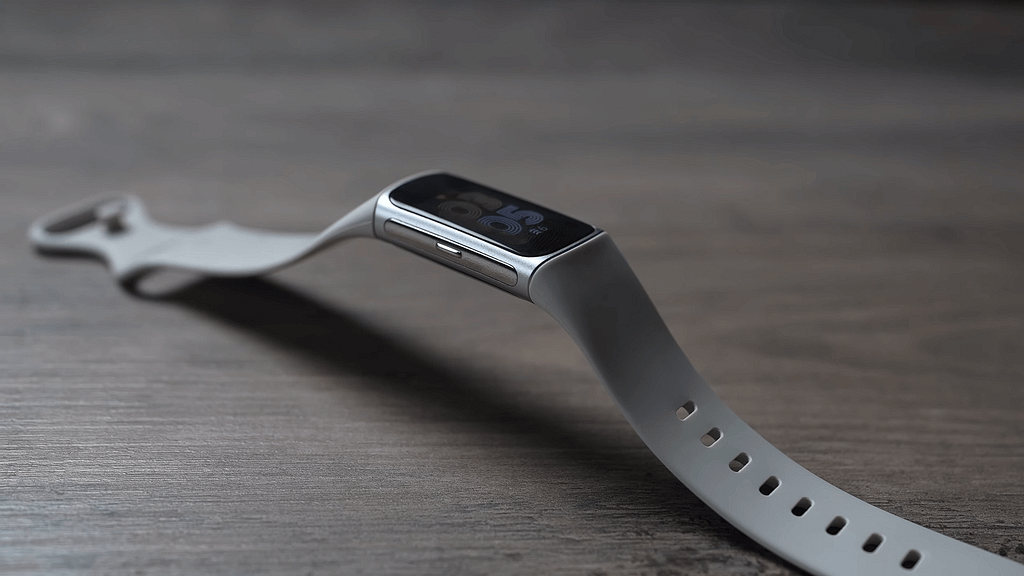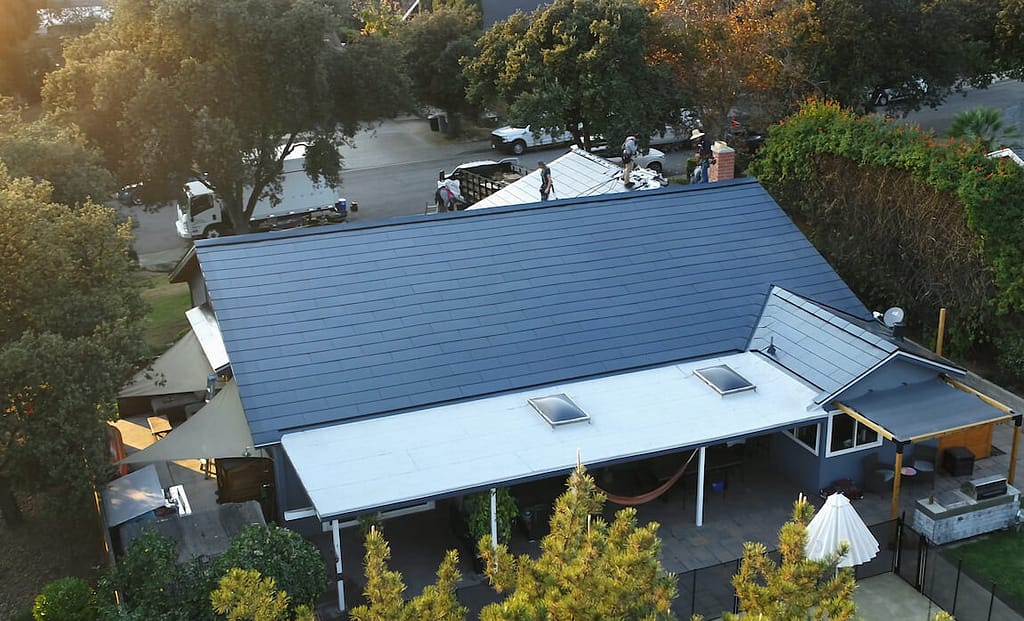In this in-depth review, we delve into the brand-new Fitbit Charge 6, one of Fitbit’s most popular fitness trackers. Priced at just $159, the Charge 6 boasts an array of premium features that set it apart from its predecessors and competitors. With an improved heart rate sensor, new integrations, and advanced exercise recognition, Fitbit aims to provide a holistic fitness tracking experience. Additionally, this is the first Charge device released after Google acquired Fitbit, resulting in exciting collaborations and integrations. Let’s take a closer look at the Charge 6’s features, design, performance, and how it stands out in the crowded fitness tracker market.
Fitbit Charge 6 Specs
At first glance, the Fitbit Charge 6 closely resembles its predecessor, the Charge 5, in terms of size and weight. It features a vibrant AMOLED display, making it visually appealing and easy to navigate. Fitbit has maintained its user-friendly interface, allowing users to swipe up to view daily metrics, swipe down to access settings, and swipe left or right to access various features, such as starting a workout. The Charge 6 comes with a comfortable silicone band in the box, available in two sizes to accommodate different wrist circumferences.
The Fitbit Charge 6 offers a maximum battery life of 7 days, assuming standard settings and moderate GPS usage. However, it’s essential to note that battery life can vary based on personal settings and how often the internal GPS is used. Activating the always-on display and frequent GPS tracking can reduce the battery life to approximately 2 days. Users may need to fine-tune their settings to strike a balance between features and battery life.
One standout feature of the Charge 6 is its built-in GPS. Unlike lower-priced Fitbit models, the Charge 6 can function autonomously without relying on a connected smartphone’s GPS. However, initial tests have revealed some issues with the device’s GPS accuracy, with occasional shutdowns during tracking. Fitbit may need to address these concerns promptly. In the meantime, users may prefer to use the phone’s GPS when available.
Fitbit has significantly improved the heart rate monitoring capabilities of the Charge 6. Comparing its heart rate tracking to a polar H10 chest strap, a gold standard in heart rate monitoring, the Charge 6 proved to be consistent and highly accurate during multiple running tests. The enhanced accuracy of heart rate monitoring enhances the overall value of this fitness tracker, especially for users who rely on precise heart rate data during workouts.
Fitbit places a strong emphasis on monitoring sleep and stress with the Charge 6. The sleep tracking feature works effectively, provided the device is worn snugly. The morning data includes metrics such as SPO2, body temperature, breathing rate, and heart rate variability (HRV). HRV tracking is essential for monitoring overall health and recovery and is a welcome addition to the Charge 6’s capabilities. While awake, the device employs an Electrodermal Activity (EDA) scan to assess stress levels, offering users a daily stress score. These features provide valuable insights into overall well-being.
The Charge 6 introduces a range of new integrations, thanks to Fitbit’s collaboration with Google. Users can now connect their Fitbit device to Google Maps for turn-by-turn navigation guidance during activities like walking or running. Furthermore, the ability to broadcast heart rate data to other devices, like Peloton exercise equipment, adds versatility to the Charge 6, enhancing the overall fitness experience.
Fitbit has incorporated music controls into the Charge 6, allowing users to start, stop, or skip tracks when connected to their smartphone. However, it’s worth noting that this feature is limited to YouTube Music, which may be a drawback for users who prefer other music streaming services. Additionally, the inclusion of an ECG app, which provides quick and accurate ECG readings in approximately 30 seconds, is a significant step forward in health monitoring.
For added convenience, the Charge 6 supports Google Wallet, enabling users to make payments without carrying physical cards. This feature reduces the need for a physical wallet and enhances the device’s practicality in everyday life.
The Charge 6 offers auto-exercise recognition, a feature that automatically detects and records workouts based on movement patterns. If you forget to manually start tracking an activity, the device will prompt you to begin recording, ensuring you don’t miss out on valuable workout data.
The Fitbit Charge 6 is a compelling fitness tracker that caters to a wide range of users. Its ease of use, accurate heart rate monitoring, and valuable health and fitness insights make it a strong contender in the fitness tracker market. It is an excellent choice for individuals seeking a straightforward fitness and sleep tracker, especially those with casual exercise routines. However, users with specific needs, such as precise GPS tracking or music control outside of YouTube Music, may explore other options. The Charge 6 strikes a balance between affordability and feature-rich functionality, making it a versatile and accessible choice for health-conscious consumers.




